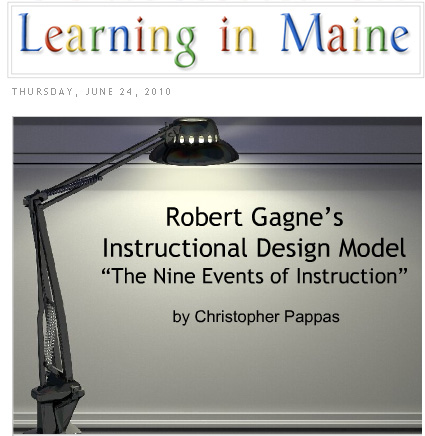How to integrate multimedia for effective learning — from theelearningcoach.com

.
Integrating the multimedia assets of a course can raise a host of issues. In my world, this can be as simple as explaining to a client why screens of text with an out-of-sync voice over will not be effective—to more complex issues, such as determining whether an animation will promote greater comprehension than a series of stills.
Although we know it can be advantageous to present content through multiple forms of media, the big question is how to integrate the mediums.
When deciding on these issues, I use two principles from cognitive science as guidelines that I think you’ll find helpful too. One is known as the Split-attention Effect and the other is the Redundancy Principle. Both principles are important.
Also see:
Related Articles:
Using Graphics To Improve Learning
Learning Theory And Multimedia
Book Recommendation:
Multimedia Learning by Richard E. Mayer









